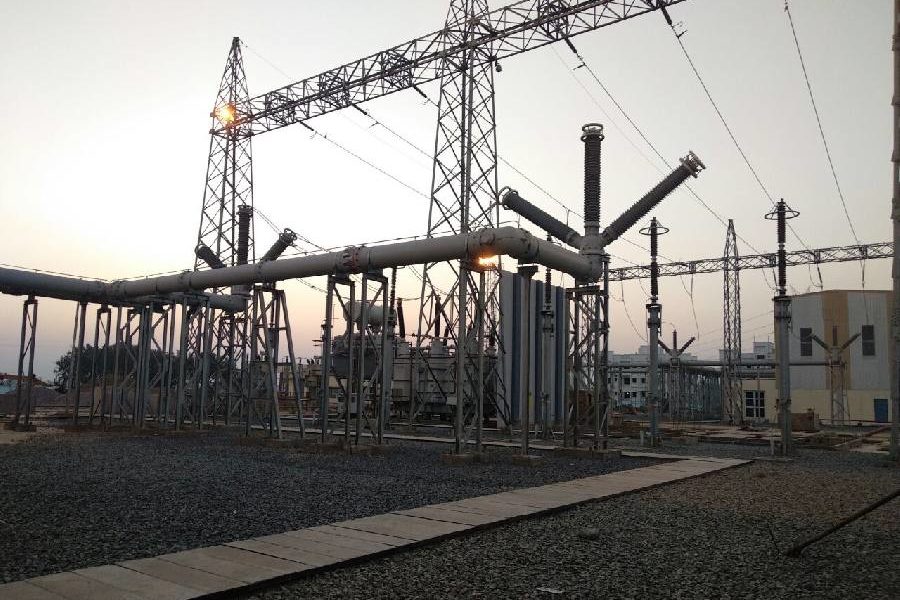In a very significant move, the Union ministry of power has directed Power Grid Corporation of India (PGCIL) to hive off its operations as the “Central Transmission Utility” (CTU) into a separate entity.
The move to separate the CTU operations from PGCIL, due to an obvious conflict of interest, was in the making since 2015. The CTU was primarily involved in planning of power transmission infrastructure, especially interstate and interregional lines. These lines along with their substations eventually make up the unified National Grid.
With CTU operations under its fold, Power Grid Corporation would allegedly get an unfair advantage whilst bidding for power transmission projects under the TBCB regime.
The CTU also has the responsibility of collecting wheeling charges from power generators and state electricity utilities for using the transmission infrastructure of PGCIL. However, this aspect did not really create the conflict of interest. What really did was the fact that PGCIL was a planner of transmission lines and also a developer.
Since January 2011, all transmission lines were to be developed using the tariff-based competitive bidding mechanism (TBCB) in which Power Grid Corporation of India would be contending with private sector players in bidding for projects. It was alleged that PGCIL (as CTU) would be privy to information about the project upfront and that would help the utility (as a bidder) while submitting its tariff quote. This would allegedly give PGCIL an unfair advantage over the other private sector bidders.
This aspect of conflict of interest attracted much criticism from various sections and it was only around 2015 that the Union power ministry first announced its plan to separate the CTU operations of Power Grid Corporation of India.
It is likely that the new CTU, in course of time, will also be made an independent entity under the power ministry, on the lines of POSOCO.
New entity: According to the Union power ministry’s missive to PGCIL, the CTU operations of PGCIL should be hived off into a separate company that would be a wholly-owned subsidiary of PGCIL. The new entity will have separate accounting, a separate board structure to independently carry out its statutory functions. ccording to reports, the ministry’s communication has further said that creation of a revenue stream of the new CTU will be formalized by the Central Electricity Regulatory Commission (CERC). Till then, Power Grid will manage the revenue of CTU.
 Second case: It may be recalled that in March 2009, the grid management operations of PGCIL were incorporated into a new entity called “Power System Operation Corporation Ltd”, popularly referred to as POSOCO. The grid management operations include the National Load Dispatch Centre (NLDC), five regional load dispatch centres and 33 state load dispatch centres. POSOCO was also incorporated as a wholly-owned subsidiary of Power Grid Corporation of India. However, in around January 2017, POSOCO was made an independent entity under the Union Ministry of Power. The entire equity capital of POSCO, comprising 30.64 million equity shares of Rs.10 each, was transferred from PGCIL to the Union power ministry, for a total consideration of Rs.81 crore.
Second case: It may be recalled that in March 2009, the grid management operations of PGCIL were incorporated into a new entity called “Power System Operation Corporation Ltd”, popularly referred to as POSOCO. The grid management operations include the National Load Dispatch Centre (NLDC), five regional load dispatch centres and 33 state load dispatch centres. POSOCO was also incorporated as a wholly-owned subsidiary of Power Grid Corporation of India. However, in around January 2017, POSOCO was made an independent entity under the Union Ministry of Power. The entire equity capital of POSCO, comprising 30.64 million equity shares of Rs.10 each, was transferred from PGCIL to the Union power ministry, for a total consideration of Rs.81 crore.
It is likely that the new CTU, in course of time, will also be made an independent entity under the power ministry, on the lines of POSOCO.
Featured photograph is for illustration only. Inside photograph shows a grid monitoring console of the National Load Dispatch Centre (NLDC) of POSOCO.



